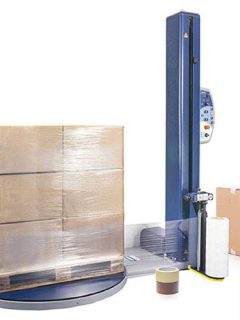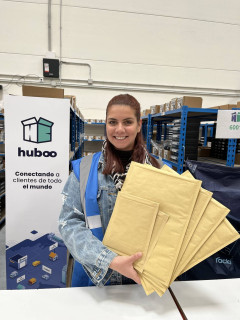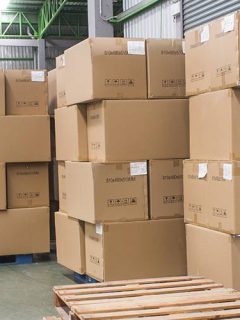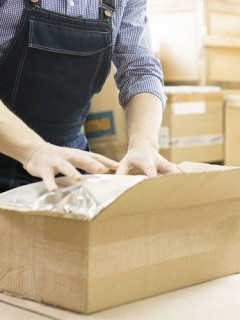There are different categories of packaging and tertiary packaging is central to logistics strategy, as the quality of large deliveries depends on it, and therefore the condition of the products in them and customer satisfaction. Moreover, if used correctly, it not only protects the contents, but can also help to reduce both costs and the ecological footprint. Here are the keys you need to optimise your tertiary packaging.
The 3 categories of packaging
Before we dive into tertiary packaging, it’s worth remembering the three categories into which packaging is divided:
- Primary packaging. Also known as “sales packaging”, this is the packaging that is in contact with the product, protecting it directly, and which corresponds to the individual consumer unit.
- Secondary packaging. Referred to as “collective packaging”, it groups several primary packages together to create a unit load for ease of transport or storage. It is also used for the sale of several units of the same article.
- Tertiary packaging. Called “transport packaging”, it groups secondary packaging together to avoid possible damage during handling in the logistics chain and to facilitate storage. Unlike the two previous types, tertiary packaging is generally not visible to the end customer.
What products are considered tertiary packaging?
Although there are many different materials that are used as tertiary packaging, these are the most common ones you can find in the RAJA® catalogue:
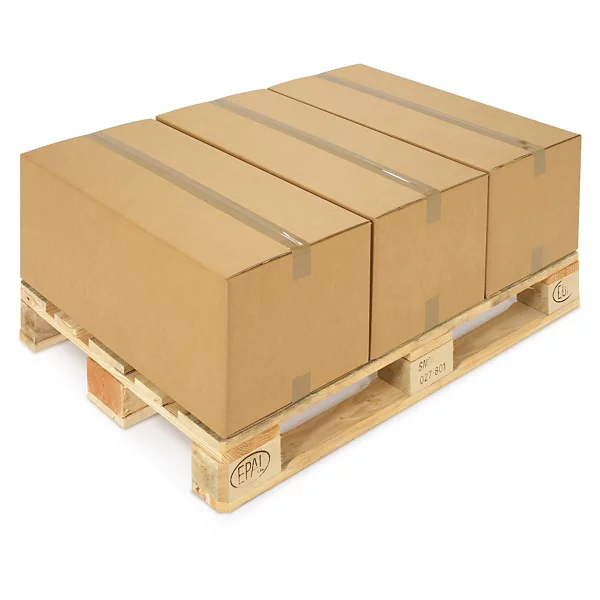
What are the objectives of tertiary packaging?
The quality of this type of packaging is very important because it fulfils different missions, among them:
- It protects the product. It preserves the integrity of the contents against shocks, vibrations, humidity and dust, preventing deterioration and damage to the goods.
- Facilitates handling. It makes handling, transport, loading and unloading more comfortable and, therefore, improves fluidity in the supply chain.
- Optimises storage space. By grouping goods in a compact way, it maximises space in the warehouse and in the transport vehicles, reducing costs. In addition, it supports weights and allows stacking.
- It identifies the contents. It usually includes labels, barcodes or QR codes with information about the contents, which facilitate tracking and ensure traceability to minimise errors.
- Improves logistical efficiency. In conclusion, grouping products so that they are convenient to handle ensures the success of the supply chain.
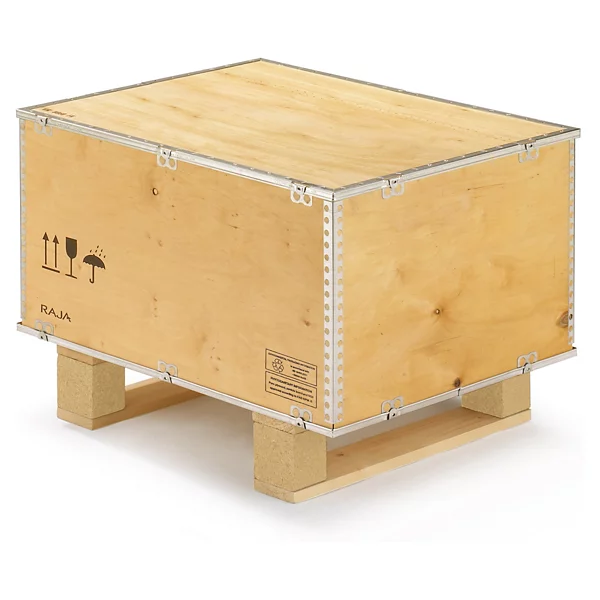
7 tips to optimise tertiary packaging
By following these practices, you will improve your customers’ experience through the use of tertiary packaging.
- Make sure your products are well protected. Choose tertiary packaging that is strong, well adapted to the size and weight of the contents and avoid empty spaces.
- Optimise packaging to reduce transport costs. If you use packaging that is strong, but at the same time light in weight or small in volume, you can make deliveries faster and more economical by reducing shipping costs. To do this, keep an eye on the volumetric weight.
- Choose sustainable materials. Pay attention to the ecological footprint. By using EcoResponsible materials and following the 5-Rs of packaging, you will not only do your bit for the environment, but you will also transmit committed brand values that will satisfy customers.
- Personalise your packaging. Personalised packaging is key to transmit your brand image and identity and differentiate yourself from the competition. Colours, labels or stickers can give a unique and very distinctive touch to your packaging.
- Automate the tertiary packaging process. Automation is always a must in the logistics chain. By standardising and automating tertiary packaging, you will save time in order preparation and reduce potential errors.
- It makes it easier to open and dismantle packaging. Just as you can use self-assembly packaging in your business to save time, keep in mind that for customers this time is also crucial. Consumers will appreciate it if you use materials that are convenient to open, handle and disassemble a delivery.
- Communicate relevant information on the packaging. Using labels with barcodes or QR codes that give information about the products and their destination will ensure the correct delivery of the shipment. It is also essential to add other labels on the correct handling with “fragile” messages or indicating which part should be facing upwards so that the contents arrive in the best possible way.
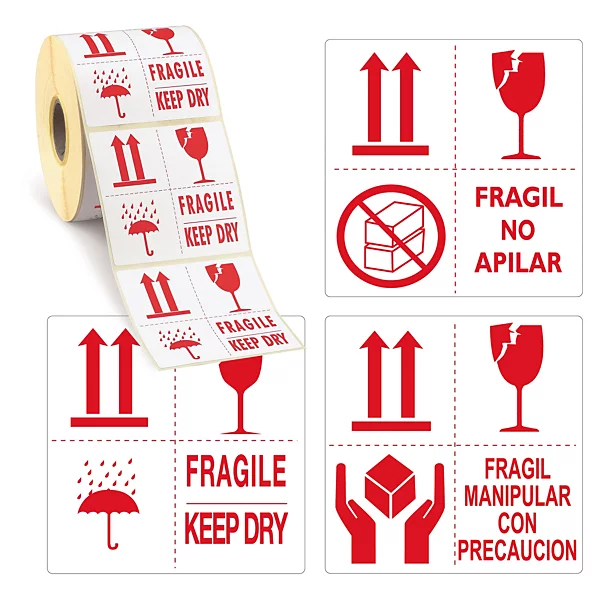
By following these tips, you will get it right with your tertiary packaging materials. However, if you have any questions, you can contact RAJA®. We will help you with any type of packaging you need, whether tertiary, secondary or primary.











